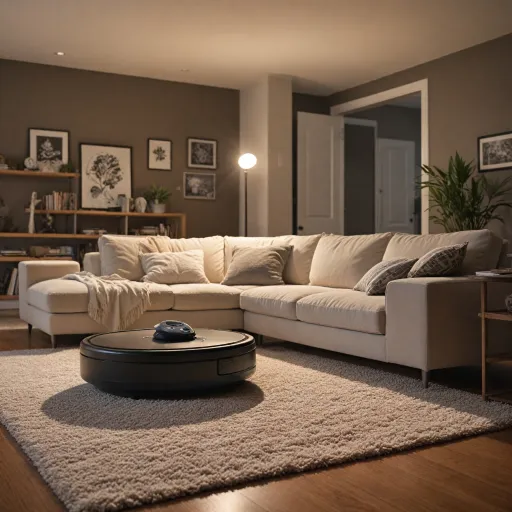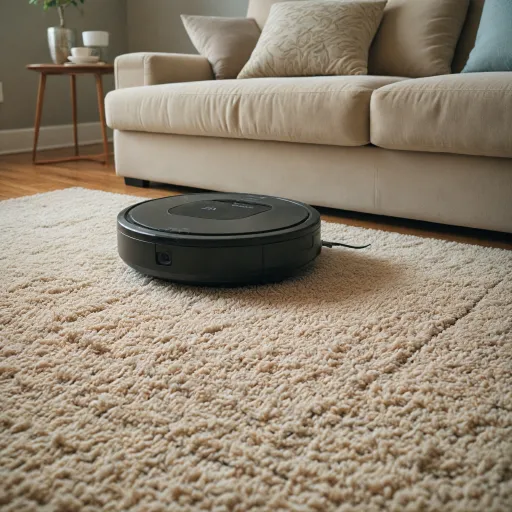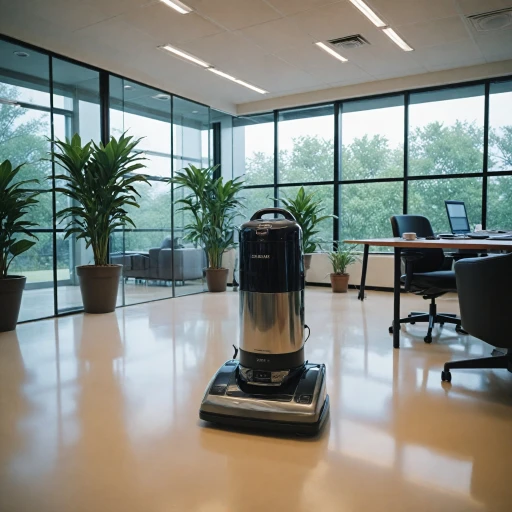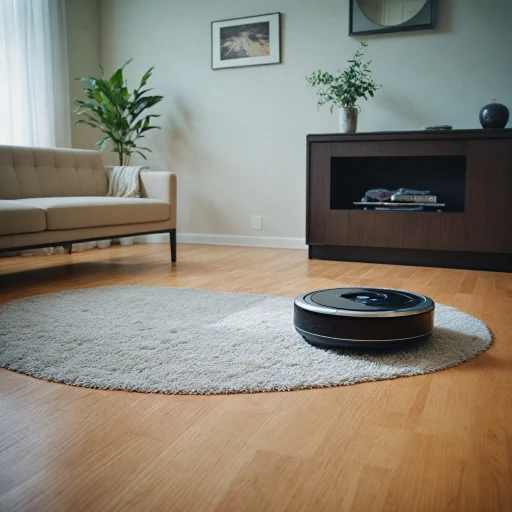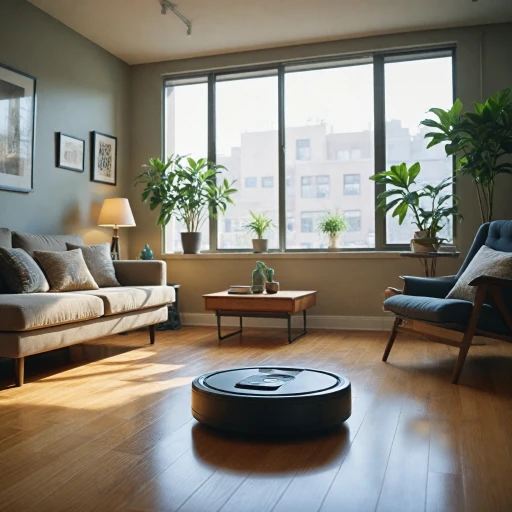
Understanding the ride on vacuum sweeper
What Sets Ride-On Vacuum Sweepers Apart?
When it comes to cleaning large floor areas, a ride-on vacuum sweeper stands out as a powerful solution. Unlike traditional vacuum units or manual sweepers, these machines allow the operator to ride, making the cleaning process faster and less physically demanding. They are designed for industrial floor spaces, warehouses, and commercial environments where efficiency and dust control are essential.
Ride-on sweepers combine the functions of a vacuum and a sweeper, using a main brush and side broom to collect debris and dust into a hopper. Many models are battery powered, offering flexibility and reducing emissions compared to fuel-powered options. The battery and charger are key parts of the unit, affecting both run time and price. Some sweepers feature a shelf charger for convenient recharging between shifts.
- Wide range of models: From compact units for tight spaces to max ride sweepers for expansive areas.
- Traction drive systems: Improve maneuverability and speed, with some models reaching several mph for quick coverage.
- Essential components: Main brush, side broom, vacuum system, and dust filters all play a role in effective cleaning.
When comparing ride-on sweepers, consider the unit price, available options, and the cost of replacement parts. Brands like Karcher offer a variety of floor sweepers tailored to different needs, from low price entry-level units to advanced models with enhanced dust control and cleaning capacity. For those interested in exploring how mopping robots compare or complement these machines, check out this in-depth look at mopping robot benefits and challenges.
Understanding the core features and design of a ride-on vacuum sweeper is the first step in choosing the right product for your cleaning routine. In the next sections, we’ll break down the key benefits for large spaces, compare these sweepers to robot vacuums, and help you navigate the wide range of options available on the market.
Key benefits for large spaces
Maximizing Efficiency in Expansive Areas
For anyone managing large commercial or industrial floor spaces, a ride on vacuum sweeper can be a game changer. Unlike traditional sweepers or manual cleaning, these units are designed to cover a wide range of floor surfaces quickly and efficiently. With a ride sweeper, you can achieve consistent dust control and deep cleaning in warehouses, factories, or even big retail environments.
- Speed and Coverage: Many ride vacuum sweepers operate at impressive speed mph rates, allowing operators to clean more floor in less time. This is especially valuable when compared to walk-behind sweepers or manual methods.
- Battery Powered Convenience: Modern units often feature robust battery systems and shelf chargers, reducing downtime. With a full charge, you can expect several hours of continuous operation, making them ideal for uninterrupted cleaning sessions.
- Comprehensive Cleaning: Equipped with side brooms, main brushes, and powerful vacuum systems, these sweepers handle debris, dust, and fine particles in a single pass. This means fewer repeat runs and more efficient use of labor.
- Operator Comfort: The ride design reduces fatigue, allowing staff to focus on quality rather than endurance. Traction drive systems ensure smooth movement across various floor types, from polished concrete to industrial tile.
- Adaptability: Whether you need a compact unit for tight aisles or a max ride model for open spaces, there are options to suit every need. Brands like Karcher offer a wide range of industrial floor sweepers with customizable features.
When considering the price unit or unit price, it's important to weigh the long-term savings in labor and maintenance. Investing in a quality ride floor sweeper can reduce cleaning time, extend the life of your floors, and improve overall facility hygiene. For more insights on optimizing your cleaning routine, check out this resource on enhancing your cleaning routine with vacuum plus.
Remember, the right product and parts—like a durable brush or reliable charger—can make all the difference in performance and cost efficiency. As you compare sweepers, look for features that match your specific cleaning demands and floor types.
Comparing ride on sweepers to robot vacuums
How Ride On Sweepers and Robot Vacuums Stack Up
When considering a cleaning solution for large areas, it’s important to compare ride on vacuum sweepers with robot vacuums. Both options offer unique advantages, but their effectiveness depends on your specific needs, floor type, and the scale of cleaning required.
- Coverage and Efficiency: Ride on sweepers are designed for industrial floor cleaning and can cover wide areas quickly, often reaching speeds up to several mph. Their large brush and side broom systems handle heavy debris and dust control with ease. In contrast, robot vacuums excel in smaller, more confined spaces, navigating around furniture but may require multiple passes for thorough cleaning.
- Battery and Power: Battery powered ride sweepers typically offer longer run times and larger battery capacity compared to most robot vacuums. Many units come with a shelf charger or quick-swap battery options, reducing downtime. Robot vacuums, while convenient, often need frequent recharging and may not be suitable for continuous, high-volume cleaning.
- Maintenance and Parts: Both types require regular upkeep. Ride on sweepers have more robust parts, such as traction drive systems and industrial-grade brushes, which can handle tough environments but may need more specialized maintenance. Robot vacuums are simpler to maintain but may require more frequent replacement of smaller parts like filters and brushes.
- Price and Unit Options: The price unit for ride sweepers is generally higher due to their size and industrial capabilities. However, for large facilities, the investment can be justified by the time and labor saved. Robot vacuums offer a wide range of price options, making them accessible for homes and small businesses, but may not deliver the same max ride performance as a dedicated sweeper vacuum.
For those managing expansive spaces, a ride on vacuum sweeper can be a game changer, offering speed, power, and dust control unmatched by most robot vacuums. However, if your cleaning needs are focused on smaller areas or you value automation over capacity, robot vacuums remain a strong contender. For a deeper dive into how robot sweepers compare and which product might suit your needs, explore the world of robot sweeping.
Essential features to look for
What Sets a Quality Ride-On Vacuum Sweeper Apart?
When choosing a ride-on vacuum sweeper for your cleaning routine, focusing on the right features can make all the difference. Not all sweepers are created equal, and the right unit can improve cleaning efficiency, dust control, and overall satisfaction. Here are the essential features to consider:
- Battery Power and Charger Options: Look for battery-powered sweepers with a reliable shelf charger. A long-lasting battery reduces downtime, and a quick charger keeps your unit ready for action. Check the battery specs and charging time to match your cleaning schedule.
- Cleaning Width and Side Broom: The cleaning path, often measured in inches or centimeters, determines how much floor you can cover in one pass. A wide range of models offer side brooms for extra reach along walls and corners, making sure no dust is left behind.
- Brush and Vacuum System: The brush type and vacuum power are critical for picking up debris. Industrial floor sweepers often use a combination of main brushes and side brooms to sweep and vacuum dust efficiently. Check for adjustable brush pressure to handle different floor types.
- Traction Drive and Speed: Traction drive systems help the ride sweeper move smoothly across various surfaces. Consider the max speed (mph) for your space—higher speeds suit large, open areas, while lower speeds offer more control in tight spots.
- Dust Control and Filtration: Effective dust control is essential for indoor air quality. Look for units with advanced filtration systems to capture fine particles, especially in industrial floor environments.
- Ease of Maintenance and Parts Availability: A good sweeper vacuum should offer easy access to parts like brushes and filters. Brands like Karcher provide a wide range of replacement parts, making upkeep simpler and extending the product’s lifespan.
- Unit Price and Value: Compare the price unit by unit, considering both upfront cost and long-term maintenance. Sometimes a higher initial price brings better durability and lower operating costs over time.
Comparing Options for Your Cleaning Needs
With so many floor sweepers and ride vacuum models on the market, it’s important to compare options based on your specific requirements. Think about the size of your space, the type of debris, and how often you’ll use the sweeper. Some units are designed for heavy-duty industrial floor cleaning, while others are better suited for lighter commercial use.
Don’t forget to skip content you don’t need and focus on the features that matter most for your environment. Reading user reviews and checking product specifications can help you make an informed decision. If you’ve used a particular model, consider writing a review to help others compare sweepers and find the best fit for their needs.
Maintenance and troubleshooting tips
Keeping Your Ride On Vacuum Sweeper in Top Shape
Regular maintenance is crucial for any ride on vacuum sweeper, especially in demanding environments like warehouses or large commercial floors. A well-maintained unit not only delivers consistent cleaning results but also extends the lifespan of your investment, keeping the price per use low over time.- Brush and Side Broom Care: Check the main brush and side broom for tangled debris or excessive wear. Clean or replace these parts as needed to maintain optimal sweeping performance.
- Battery and Charger: For battery powered sweepers, always use the recommended charger and avoid overcharging. Inspect the battery regularly for signs of wear. A shelf charger can help manage charging cycles and prolong battery life.
- Dust Control and Filters: Empty the dustbin after each use and clean or replace filters to ensure proper dust control. Clogged filters can reduce suction and cleaning efficiency.
- Traction Drive and Wheels: Examine the traction drive system and wheels for debris or damage. Clean and lubricate as needed to maintain smooth operation, especially if your sweeper covers a wide range of floor types.
- Parts and Product Support: Keep an eye on availability of replacement parts, especially for brands like Karcher. Having spare brushes or filters on hand can minimize downtime.
Troubleshooting Common Issues
Even the best ride vacuum sweepers can encounter problems. Here are some quick tips:- Low Suction: Check for blockages in the vacuum path or full dustbins. Clean filters and inspect the brush for obstructions.
- Unit Won’t Start: Ensure the battery is charged and properly connected. Inspect the charger and power cables for damage.
- Uneven Cleaning: Adjust the brush height or replace worn brushes. Make sure the side broom is spinning freely.
- Speed or Traction Issues: If the ride sweeper moves slower than its max speed mph, check the traction drive and wheels for debris or wear.
Tips for Longevity and Performance
- Store your sweeper vacuum in a dry, sheltered area to protect electronic components.
- Schedule regular inspections, especially if you operate multiple units or use them for industrial floor cleaning.
- Compare maintenance requirements and price unit differences when evaluating new options. Some models offer easier access to parts or tool-free brush changes, which can save time and reduce costs.
Cost considerations and making the right choice
Evaluating the Investment: What to Expect
When considering a ride on vacuum sweeper, the price is a significant factor. These units are designed for industrial floor cleaning, offering a wide range of options from basic models to advanced battery powered sweepers with features like traction drive and side broom attachments. The unit price can vary greatly depending on the product’s size, battery capacity, and included parts such as the brush or shelf charger. For those managing large spaces, the cost per square foot cleaned often justifies the initial investment, especially when compared to manual floor sweepers or smaller vacuum units.
Understanding Price Differences
- Entry-level sweepers: Lower price units may offer basic dust control and a simple ride experience, but might lack advanced features like max ride speed mph or enhanced brush systems.
- Mid-range options: These sweepers typically include improved battery life, a more robust floor sweeper design, and additional cleaning modes. Brands like Karcher often fall into this category, balancing performance and cost.
- Premium models: Expect higher price points for units with a wide cleaning path, industrial floor capabilities, and advanced dust control. These often come with a shelf charger and quick-change battery systems for minimal downtime.
Ongoing Costs and Maintenance
Beyond the initial purchase, it’s important to factor in ongoing costs. Replacement parts such as side brooms, brushes, and batteries can affect the long-term price unit. Regular maintenance, including checking the charger and cleaning the vacuum sweeper’s filters, helps maximize the lifespan of your ride sweeper. Some users prefer to write review posts on specific models to share their experiences with maintenance and durability, which can be helpful when comparing sweepers.
Making the Right Choice for Your Needs
Before making a decision, compare the features and unit price of different sweepers. Consider your floor type, the size of the area, and how often you’ll need to clean. For those with high-traffic industrial floors, investing in a max ride vacuum sweeper with a strong traction drive and efficient dust control can save time and labor costs in the long run. Always check for product support and the availability of replacement parts to ensure your investment remains reliable over time.



